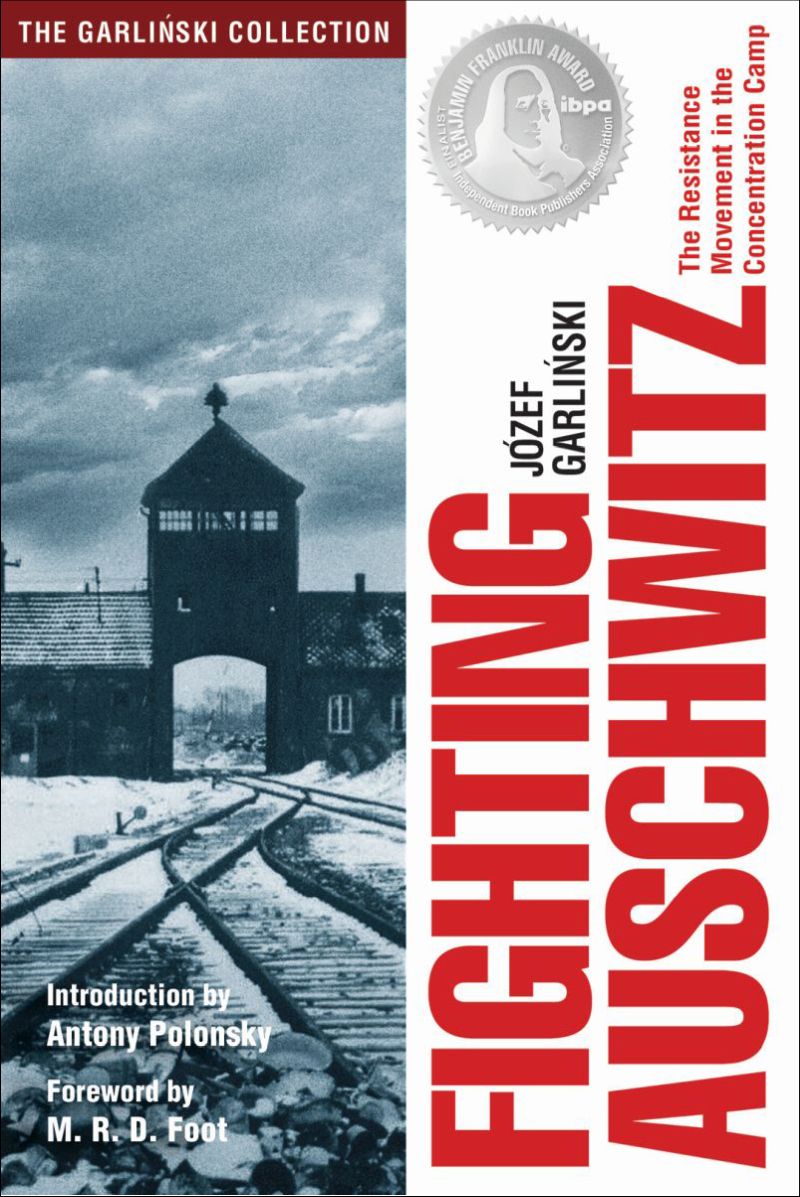“The Peasants”: A Painterly Polish Tale

Last week, the Wall St. Journal gave a glowing review of the new Polish film based on Władysław Reymont’s sweeping novel The Peasants, about a beautiful young woman in 19th century Poland and the men who feud over her. The novel won the 1924 Nobel Prize in Literature.
The film is Poland’s official entry for Best International Feature at the 2024 Oscars, and is also entered in the Best Animated Feature category. Written and directed by the husband-and-wife team of Hugh (who is British) and DK (who is Polish) Welchman, The Peasants has already won or been nominated for a number of other awards.
Sony Pictures snapped up rights for North America, Latin America, the Middle East, Australia and New Zealand at the Toronto Film Festival in September 2023. Filmed in Polish with English subtitles, The Peasants is currently in a limited theatrical release.

Reymont wrote the novel over five years, from 1904 to 1909, in four parts. Each part represents a season in the life of the peasants—Autumn (published in 1904), Winter (published in 1904), Spring (published in 1906), and Summer (published in 1909).












No comment yet, add your voice below!